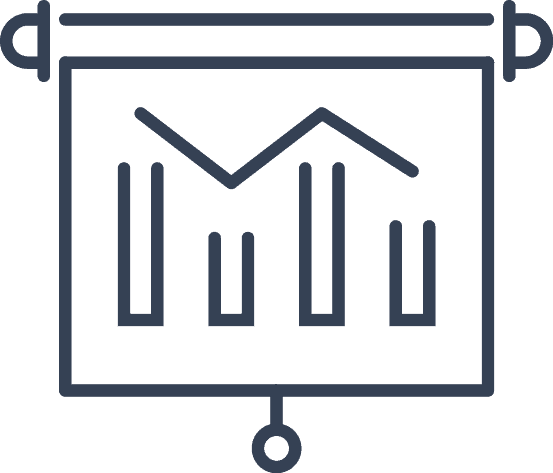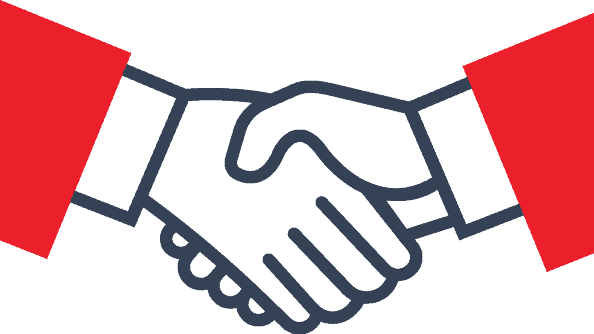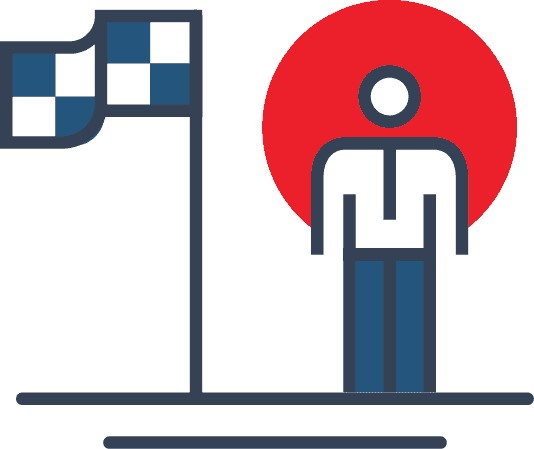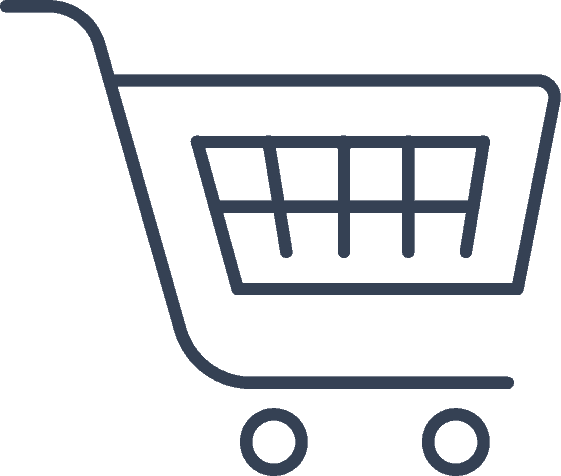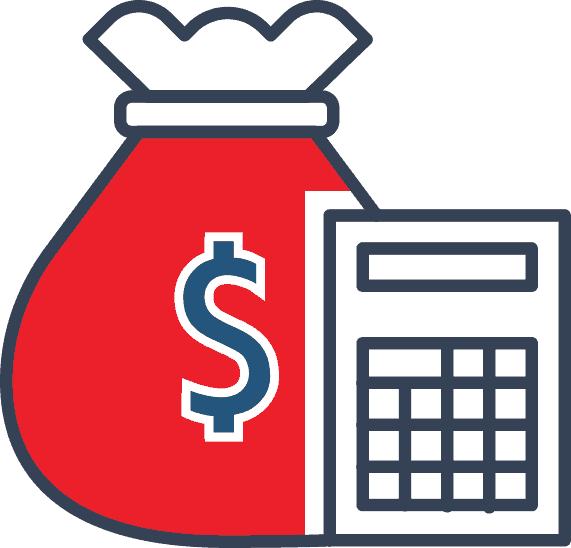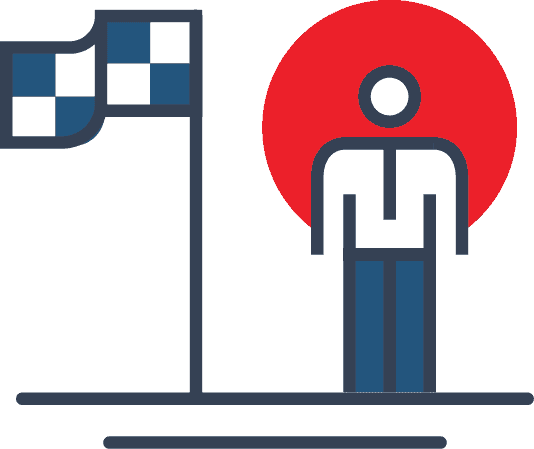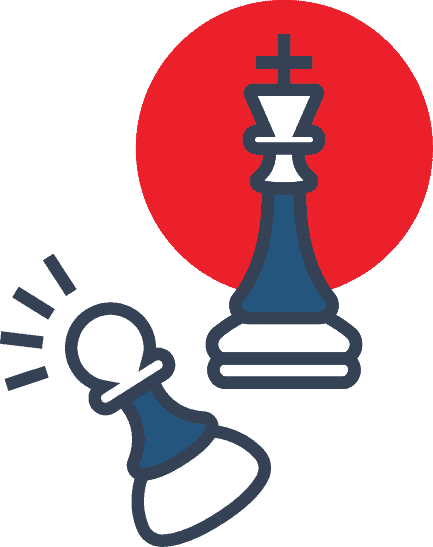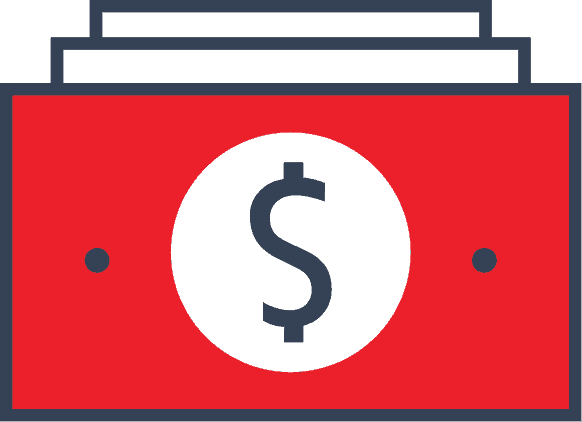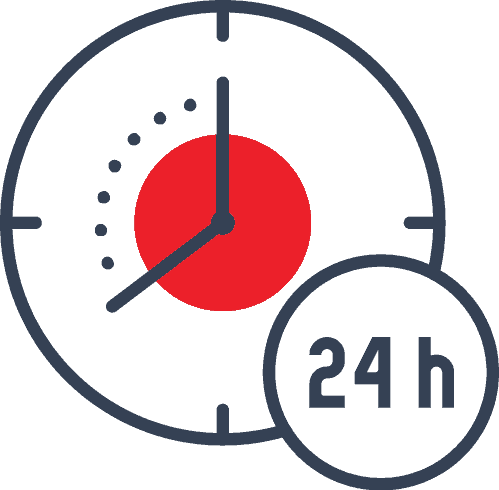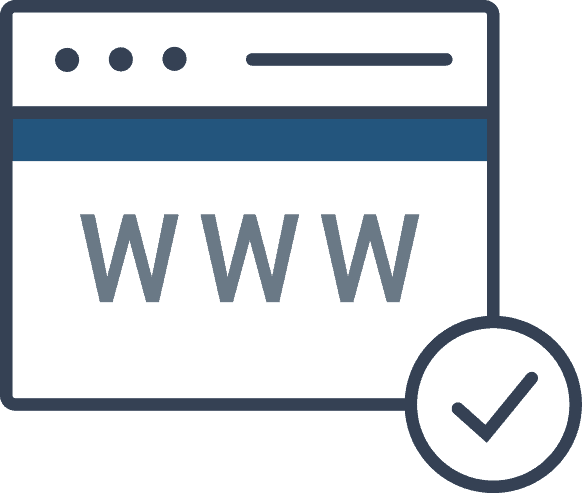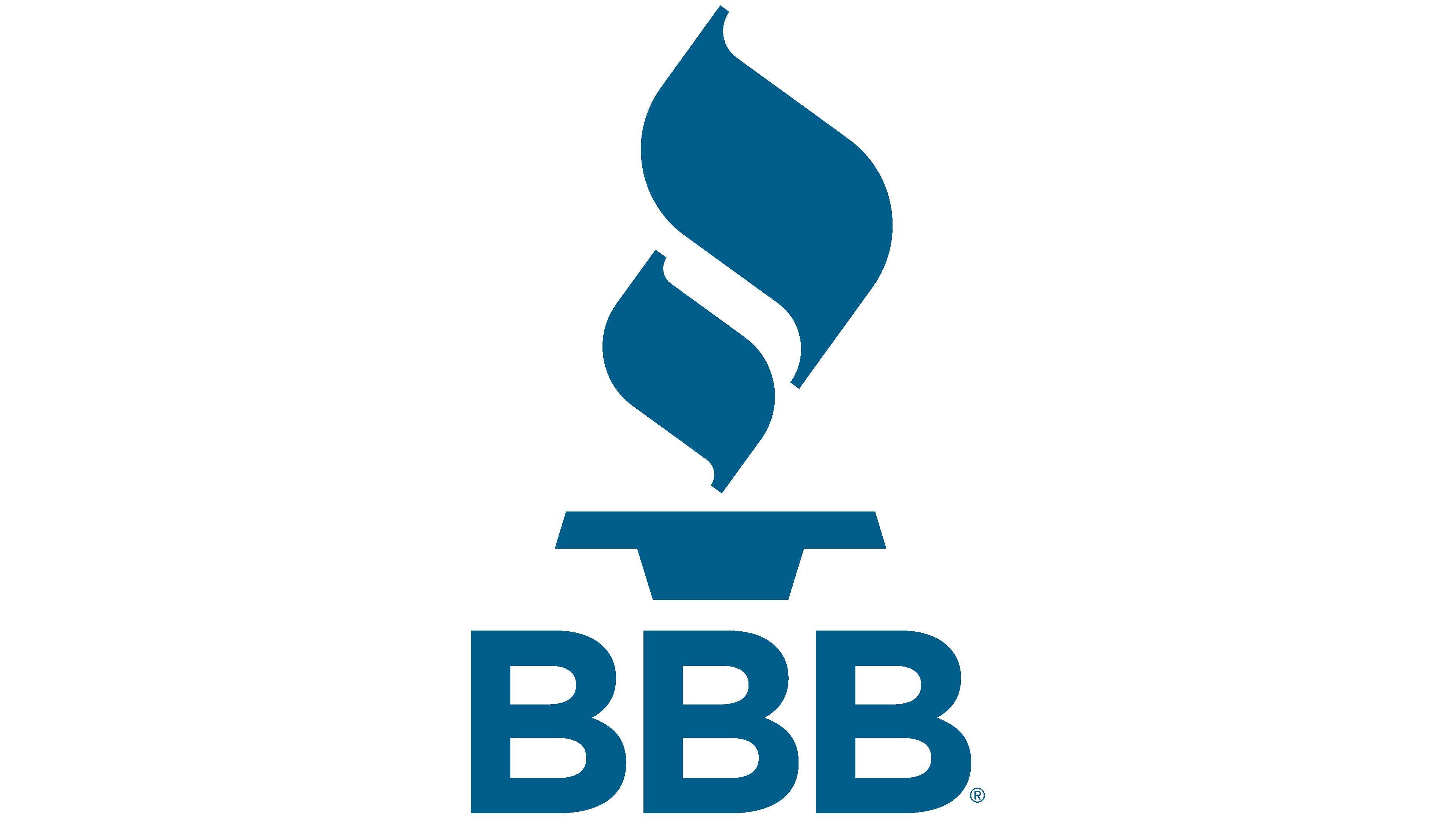Marketing has much of its roots in pricing. What you charge sends a direct message to the market about what your product is worth. Often, this message is louder and clearer than any amount of copy you write.
As you try to find buyers online, your price is an important consideration. Although it’s not the first thing most buyers will notice about your company, it plays a major role in your conversions. Will she click the offer and make a purchase from you? Could you have enticed the buyer to spend more with your company? The pricing strategy you choose determines the answer to those questions and more.
Here are my five favorite pricing strategies and how you can use them to get found and get paid.
1. Display Your Best Offers Up Front
I like to travel. When I do, it’s important to me that I have a nice hotel room at a reasonable price. That’s not too much to ask, is it?
I’m often price shopping online to find the best deal. My favorite website to use is Hotels.com.
Hotels.com recently made me happily pay 19% more by using a simple, yet powerful pricing strategy. It’s called choice architecture. Here are the details about how Hotels.com used choice architecture to get me pay more.
Choice architecture is simply the way you display your prices on your website and present the choices your customers have when deciding what to buy. When you offer the best choices up front, your customer has less fluff to sift through and can make her decision faster. Often, this decision means paying a little bit extra but feeling great about what she bought from you.
The more you do this, the more you’ll earn trust with your audience. Your efforts to find buyers online will pay off because you’ll have repeat, loyal customers going back to your business to buy time and time again, much like I’ve done with Hotels.com.
2. Place a Premium on Your Products
Have you seen the latest Jennifer Aniston commercial for Emirates Airlines? It’s been dubbed one of the “snobbiest ads ever” because of how much luxury she’s bathed in while traveling overseas.
In the commercial, you see Jennifer Aniston living in what she calls a “nightmare.” For most travelers, it’s standard operating procedure for overseas flights. On her plane, there isn’t a bar. There isn’t a shower. And, there aren’t decent snacks. The staff is mocking her until she jolts out of the dream and finds herself on Emirates Air.
The ad is clearly targeting a specific crowd. The company wants to attract the type of people who can afford to pay for these luxurious trips around the world – the ones who wouldn’t dream of flying in coach.
Although some might see the ad as snooty, Emirates Air is using a smart strategy. They’ve placed a premium on their service and now, they can sell it at a higher price. The consumers who are willing to pay will do so gladly to know that they’re getting the best service possible when they fly.
Placing premium pricing on your products isn’t something to shy away from. In fact, it can bring you more money from a core group of consumers who are eager to pay for what you offer.
By having a premium priced product or service, you attract a different demographic of buyers online and offline.
3. Increase Your Prices
One of the best ways to get a buyer’s attention is to create a sense of urgency. It’s a popular pricing strategy because it works.
Many businesses take the traditional route of offering, “limited time offers.” Still, there’s a different way to find buyers online and capture their interest with an urgent offer – increase your prices.
Increasing your prices might sound scary. You might worry about frightening consumers and losing customers who can’t or aren’t willing to pay the higher price.
But, as with any strategy, it’s all in how you position it.
Chris Brogan does an excellent job of this when selling his online courses. He offers them for a discounted price up front and then increases the price after a limited introductory period.
Create your sense of urgency by running a sale before your price goes up. Here’s why it works so well:
- You turn lurking leads into buyers who want to get in before your prices increase;
- You show your customers that the product is popular enough to increase the price;
- You make your product more appealing by pricing it higher, while also making your customer feel like she got a good deal by offering it for a lower price.
It’s a similar strategy to the standard sales and limited time deals, but it’s way more powerful because you’re reverse engineering it to create urgency and spark sales.
4. Price Low, Then Upsell
Vistaprint is known as a low-cost printer. Businesses on a budget can go to Vistaprint to order business cards, flyers and other marketing materials at a reasonable price. It all seems very cost effective, until you reach the shopping cart.
Every purchase ends with a customer getting fed plenty of opportunities to buy even more marketing materials – often materials she didn’t know they needed. A simple business card refill purchase could turn into the customer getting a new stamp for her business, a banner to hang outside and magnets to hand out.
The upsell works. Vistaprint capitalizes on its low prices by continuing to add products to the person’s shopping cart throughout the checkout process.
This can help you find new buyers online too.
Sometimes, more options are better. If you sell several low priced products, you can increase the likelihood that someone will buy by making extra offers. Because the pricing isn’t extraordinary, it’s easier for the customer to say “yes” to your offer and add more to her shopping cart.
5. Don’t Be Afraid to Downsell (Which Could Lead to a Cross Sell)
 We have an office in London, home of Wimbledon. Each summer, people flock from around the world to watch tennis stars face off on the courts. While they do, many people indulge in the well-known Wimbledon treat – strawberries and cream.
We have an office in London, home of Wimbledon. Each summer, people flock from around the world to watch tennis stars face off on the courts. While they do, many people indulge in the well-known Wimbledon treat – strawberries and cream.
I recently read a story about an Irish shop owner who sold strawberries and cream out of his small grocery store. You can see why I am partial to this example.
The store was closed on Sundays so every Saturday afternoon, he’d mark down the strawberries to sell. They wouldn’t make any money from the sale, but they’d break even.
Every Saturday, they sold out. The people who wouldn’t buy the strawberries for full price would come in and buy them at half price. The store owner used a downsell strategy to get the product off the shelves by targeting consumers who wouldn’t have otherwise made the purchase. This also boosted sales.
You see, the customers who came in weren’t just buying strawberries. They would also buy the cream, which was not marked down. The store made more money because of a downsell and a cross sell mutually beneficial strategy.
Do you have products or services in your arsenal that could work in the same way?
Online, it’s easy to setup your store to downsell as soon as you see a customer leaving. You can make your offer more tempting by lowering the price. Then, you can cross sell another complementary product boosting your sales and making your customer feel as if she walked away with a win.
The Lesson Here
The lesson is this: Your prices matter. They impact your sales. They steer customers in the right direction. And, they’re what encourage buyers to buy. If you’re not employing a smart pricing strategy, you’re losing out.
Know someone who loves pricing strategies? Share this article with them using the sharing buttons at the top of the page.


